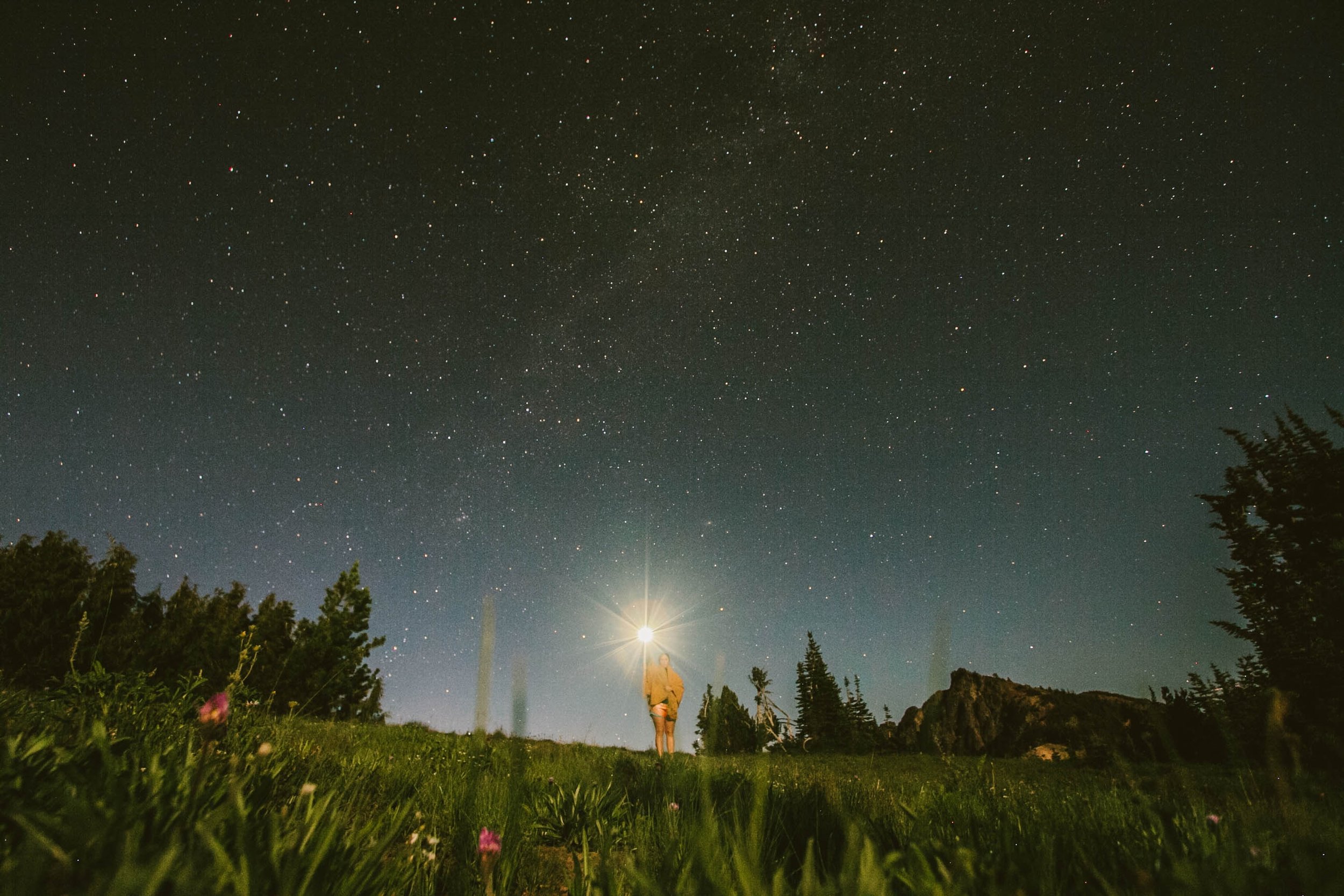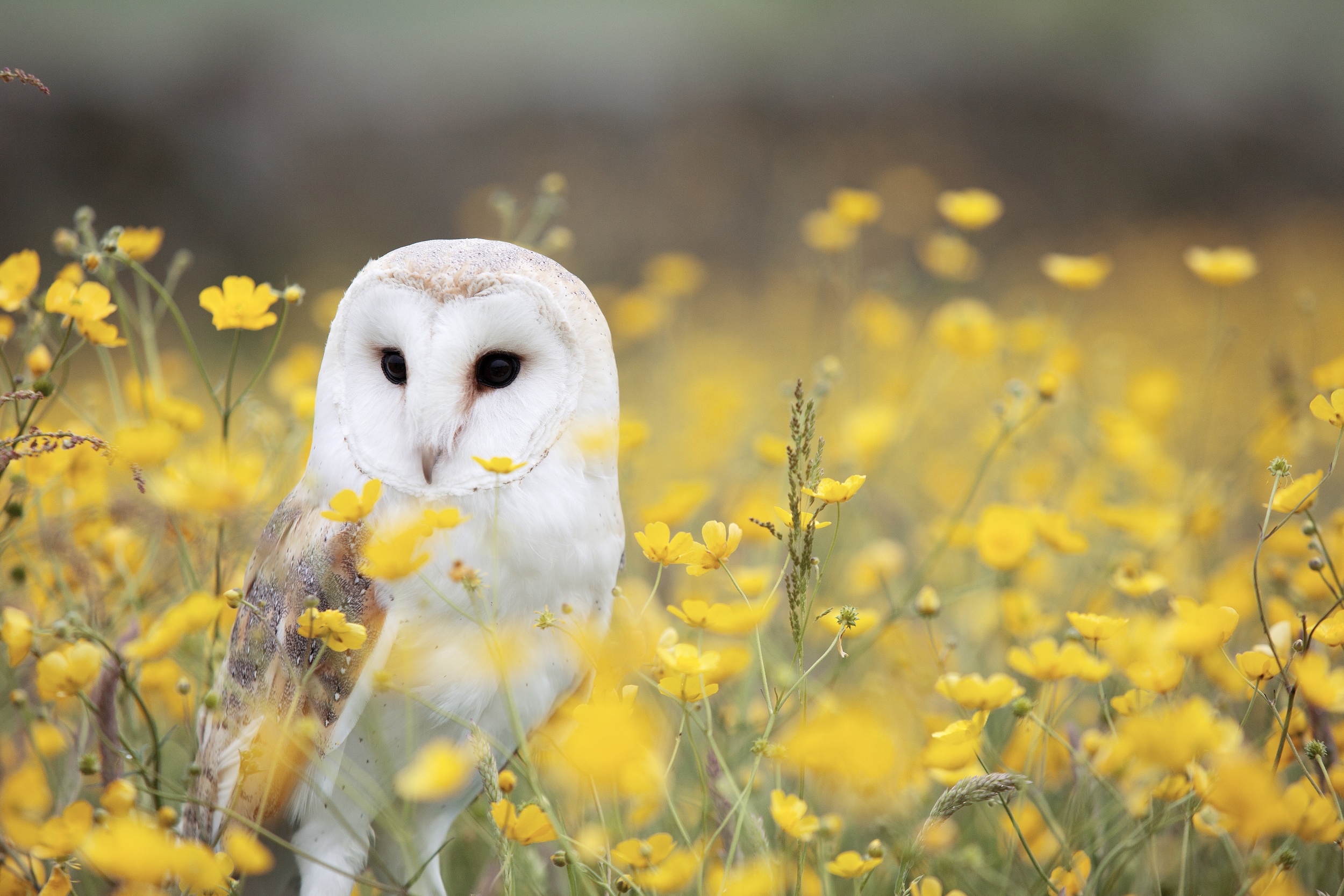The Basics of Ayahuasca | Plant Medicine Ceremony
One must feel called — not pressured — to participate in a plant medicine ceremony. One must be ready to make a change in their physical, emotional, mental, and spiritual lives by integrating what they have learned during their ceremony, meaning that these plant medicines are to be taken seriously, with great intention, and not experienced recreationally nor with someone who has not received proper training from the indigenous medicine keepers. One must be ready to completely surrender to the medicine and let it take them where they need to go; the plant spirit knows exactly what one most needs to see, feel, hear, experience, and thus, learn.
The effects of the plant medicine are so powerful, they are considered by their indigenous knowledge carriers to be Spiritual conscious beings. The most known shamanic plant medicines include, (but are not limited to) Ayahuasca, Iboga, San Pedro cactus (Wachuma), psilocybin mushrooms (though not exactly a plant), Salvia, and Peyote cactus.
To give a brief overview and an example of what a plant medicine ceremony is, I will share with you about ayahuasca, a plant medicines received in ceremony of which I have been working with for nearly 15 years.
Ayahuasca | Oni
Unlike any other sacred plant medicine, Ayahuasca is comprised of two separate plants: the chacruna leaf (Psychotria viridis) and the Ayahuasca vine (Banisteriopsis caapi). Alone, neither of these plants produce medicinal nor entheogenic properties. However, when combined, they work together and become a very powerful and sacred medicine.
Both of these plants are found in the Amazon rainforest in South America. Astonishingly, in this particular rainforest, there are over 80,000 cataloged leafy plant species. Yet, somehow, the psychopharmacologists of the Amazon (the indigenous healers) knew exactly which two plant species would create such a magical and psychoactive medicine when combined.
The history of Ayahuasca use dates so far back that anthropologists and researchers have yet been able to trace its origins; however, the indigenous curanderos claim that the plants, themselves, told them how to brew the sacred tea using the two plants found growing together in the jungle.
The plants are collected and over the course of many days or weeks even they are cooked down into a potent ‘tea’. The tea, when taken ceremonially, throws open the gates to the spirit realm and reveals mystical, non-ordinary worlds that are unperceivable in ordinary consciousness.
Currently, the use of this brew has traveled to reach more and more people; now, many people can experience the extraordinary healing power of Ayahuasca. However, one should deeply consider the who, what, where, and how questions when considering experiencing this powerful medicine.
Unfortunately, many Western cultures have yet been able to fully understand the healing and medicinal properties of this unique plant substance. For that, it is illegal in many countries. Yet, it is not only legal but highly praised in it’s birthplace: the Amazonian countries of Peru, Ecuador, Colombia, Bolivia, and Brazil. In these countries, foreigners have the opportunity to partake in an Ayahuasca ceremony with a traditional shaman.
It is during these ceremonies that participants are able to face the root causes of their physical, mental, emotional, and spiritual illnesses head-on and delve deep into the healing process by allowing the spirit of Ayahuasca to take them on a journey to these realms of non-ordinary consciousness. Within these realms, deep-seeded issues that have long been hidden within one’s subconscious mind are revealed to them.
Mother Ayahuasca, as the plant spirit is often referred to (due to it’s feminine and mother-like qualities), will always teach the participant precisely what they most need to learn in order to fully, truly heal themselves.
An Ayahuasca Ceremony
As specific traditions within Ayahuasca ceremonies will vary from shaman to shaman, these following customs generally remain the same:
Preparation — Ayahuasca diet
Ayahuasca is a total spirit, mind, and body cleanse; for that, a special diet (or dieta, as it is commonly referred to), is required.
Usually, during the first half of a ceremony, there is a fair amount of purging; from either or both ends. This is because Ayahuasca is purifying the physical body of heavy energy before it moves on to mental, emotional, and spiritual body purification.
A great way to lessen, or, in some cases, the purging process is to begin the purification process the weeks before the ceremony. Specific dietas vary, but usually require one to abstain from sex, drugs, alcohol, pork, coffee, and chocolate. In some cases, dietas even require the absence of salt, meat, spice, and sugar.
If the diet is followed properly, one is sure to reap the benefits soon after the tea is ingested. Plus, it is considered respectful to follow a dieta and then fast prior to sitting in Ayahuasca Ceremony.
The Ceremony
Each shaman has their own personal way of setting up the ceremonial area. However, ceremonies are typically held just after sunset in a safe, relaxing, and comfortable environment, most notably within high energy places on the land.
Chloë and Inon Bari have been working together as a team to serve the medicine in a traditional setting to their clients for over a decade. They have over 40 years combined experience with plant medicine ceremonies.
Authentic and safe ceremonies, are small groups of participants, 2 to 7, and one shaman and their apprentices sit with you during a ceremony, all of whom ingest the brew. The shaman creates an open and safe space by setting up an altar, and cleansing the space and the people with herbs or tobacco smoke. He or she will also clear and protect the energy of the space by filling the room of, and blowing onto the crown of each participant, a form of sacred tobacco called “Mapacho”.
Then, the shaman suggests that each person set an intention for their journey, for example, to heal past wounds or to learn self-love, understand their relationship with their family of origin or to gain deeper insight into their reason for being. The group then prays together and gives thanks to Mother Ayahuasca.
Finally, one by one, each participant drinks the brew and begins to journey. . .
Once the medicine kicks in, the shaman will begin to sing icaros, or healing songs, which help to guide the participant during the ceremony, intensify the medicine, and further protect the energy of the room.
The Return
Ayahuasca typically lasts around 5 hours. As everyone in the ceremony begins to return to normal, conscious reality, the shaman will again use Mapacho to clear the energy of the space and ground each individual.
The floor will then be open for sharing and heartfelt communion.
Afterward, each participant can personally discuss their experience with the shaman, who will then help to integrate their experience to this physical reality and provide advice on how to incorporate their newly discovered wisdom into their lives for optimal healing.
Ayahuasca Retreat Peru
See the details of the itinerary and upcoming dates for our next plant medicine retreats in Peru.
Natasha Wanderly | Writer
Natasha is a happy no-mad with a love for living lucidly, dancing with fire, and talking to strangers. From living with Shamans in the Amazon to studying ancient hieroglyphs in Egypt, she is always on some type of adventure. Her mission is to connect with many hearts, walk in many shoes, and help people to understand their value. Every day, she wakes up with two goals: 1.) Be here 2.) Be love.
This article was edited and republished with the Author's permission.














